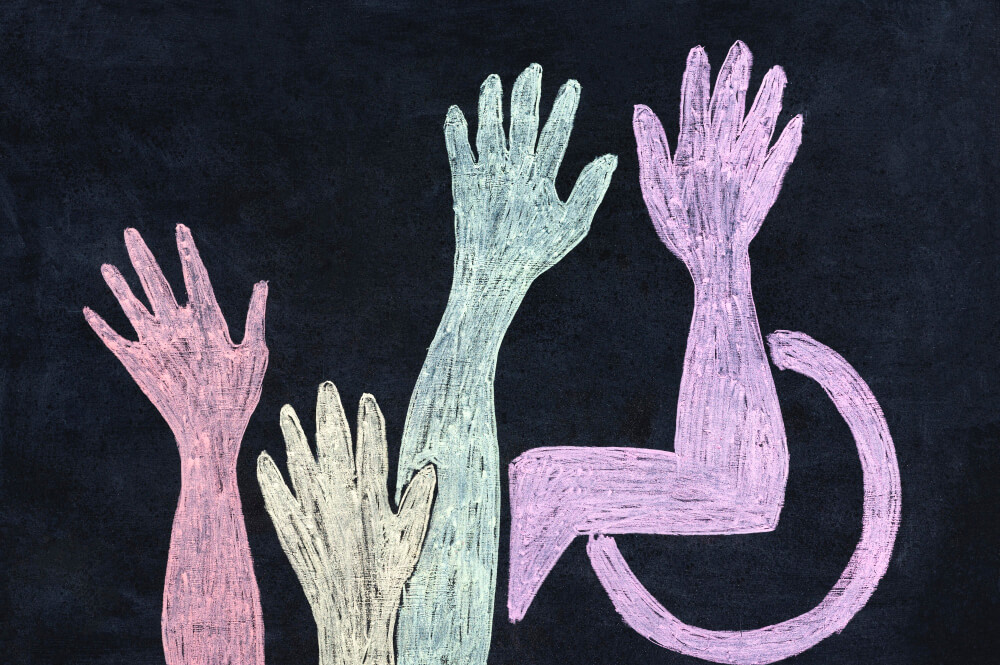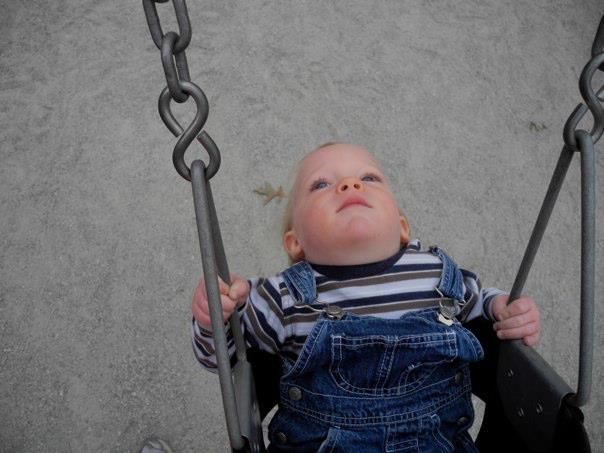
Neurosequential model of therapeutics (NMT)
Developed by psychiatrist Dr Bruce Perry and his team at the Child Trauma Academy, the Neurosequential Model of Therapeutics (NMT) is a developmentally informed, neuroscience-guided approach to supporting children who have experienced trauma. It begins with a careful “brain map” of each child’s neurodevelopmental history and current functioning, then uses patterned, rhythmic activities (like movement, music, or breathing exercises) to regulate lower-brain areas before engaging higher cognitive processes . In education, applying Perry’s model means prioritizing regulation over correction, relationship over intervention, and systemic change over individual behaviour modification.
-
Beyond blame: reimagining discipline in a trauma-informed world
Collective punishment is neither effective nor ethical. It disciplines the group for the actions of one, eroding trust and reinforcing the very dynamics of power and fear that trauma-informed practice seeks to heal. In its place, we need something older and deeper—an approach to discipline rooted in relationship, regulation, and repair. Indigenous teachings and relational…
-
Pathological Demand Avoidance (PDA)
Pathological Demand Avoidance is a neurobiological profile of autism rooted in anxiety, autonomy, and nervous system threat perception. For children with PDA, even simple requests can register as danger. A question, a suggestion, a cheerful invitation—all of these may activate a survival response, because the child’s nervous system experiences demand as threat. When this pattern…

